3
June
2025

THE HISTORY OF FOAM AND ITS EVOLUTION IN DIFFERENT INDUSTRIES
Foam has been used in various industries for over a century, and its evolution has been fascinating. The history of foam dates back to the early 1900s, when German chemist Otto Bayer discovered the polyurethane polymer. Since then, foam has been widely used in a variety of applications, including insulation, cushioning, packaging, and even in the medical industry. Over time, foam has evolved to become more versatile, durable, and eco-friendly. In this blog, we will explore the history of foam and its evolution in different industries, highlighting its impact on modern-day products and services.
BRIEF HISTORY OF FOAM AND ITS DISCOVERY BY OTTO BAYER
Foam is a versatile material that has been used in various industries for several decades. Its lightweight and flexible nature has made it a popular choice in the manufacturing of various products, ranging from furniture to electronics. The history of foam can be traced back to the early 1940s when it was first discovered by Otto Bayer, a German chemist. He developed a process to create polyurethane foam, which became the foundation for many other types of foam.
Polyurethane foam, also known as PU foam, was initially used for insulation purposes during World War II. However, the properties of PU foam were soon discovered to have many other applications, leading to its widespread use across different industries. One of the first industries to adopt PU foam was the automotive industry, which used it as cushioning in car seats. The use of foam in car seats became so popular that it eventually led to the creation of a new industry: foam cushion manufacturing.
OVERVIEW OF THE VARIOUS INDUSTRIES THAT USE FOAM
Aside from the automotive industry, foam has also become an integral part of the furniture industry. In the 1950s and 1960s, foam cushions were introduced as an alternative to traditional materials like horsehair and cotton batting. The use of foam not only made furniture more comfortable but also allowed for greater design flexibility. Today, foam is used in almost every type of furniture, including sofas, chairs, and mattresses.
Foam has also found its way into other industries, including electronics, packaging, and even aerospace. In electronics, foam is used as insulation and protection for delicate components. In packaging, foam is used to protect fragile items during transportation. In aerospace, foam is used as insulation and as a structural component in some aircraft. As new technologies and applications are discovered, foam continues to evolve and find new uses in various industries.
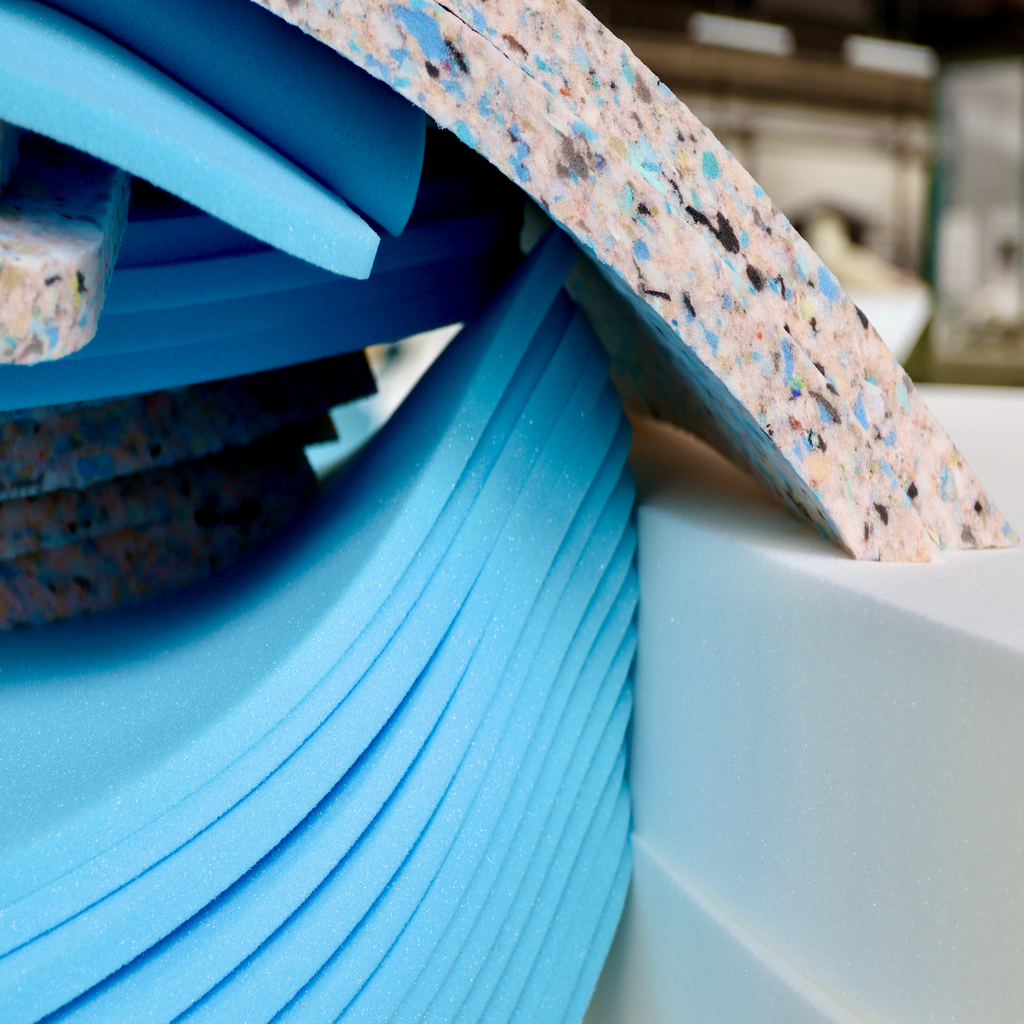
EARLY DAYS OF FOAM
Foam has been around for a long time, dating back to the early 1900s. At that time, it was primarily used for packaging and insulation purposes. In 1937, a German chemist named Otto Bayer developed polyurethane foam, which revolutionized the foam industry. Polyurethane foam quickly became popular due to its unique properties, such as being lightweight and flexible, which made it suitable for a wide range of applications. It was also durable and resistant to wear and tear, making it an ideal material for use in the automotive, construction, and furniture industries.
EARLY USES OF FOAM IN THE AUTOMOTIVE INDUSTRY
Foam quickly gained popularity in the automotive industry in the 1950s due to its unique properties. It was lightweight, durable, and could be molded into complex shapes, making it ideal for use in car seats, headrests, and other interior components. Foam was also used for sound insulation and vibration damping, which improved the overall driving experience. As the automotive industry evolved, so did foam technology, leading to the development of new and innovative foam materials that offered even greater benefits, such as improved safety and comfort.
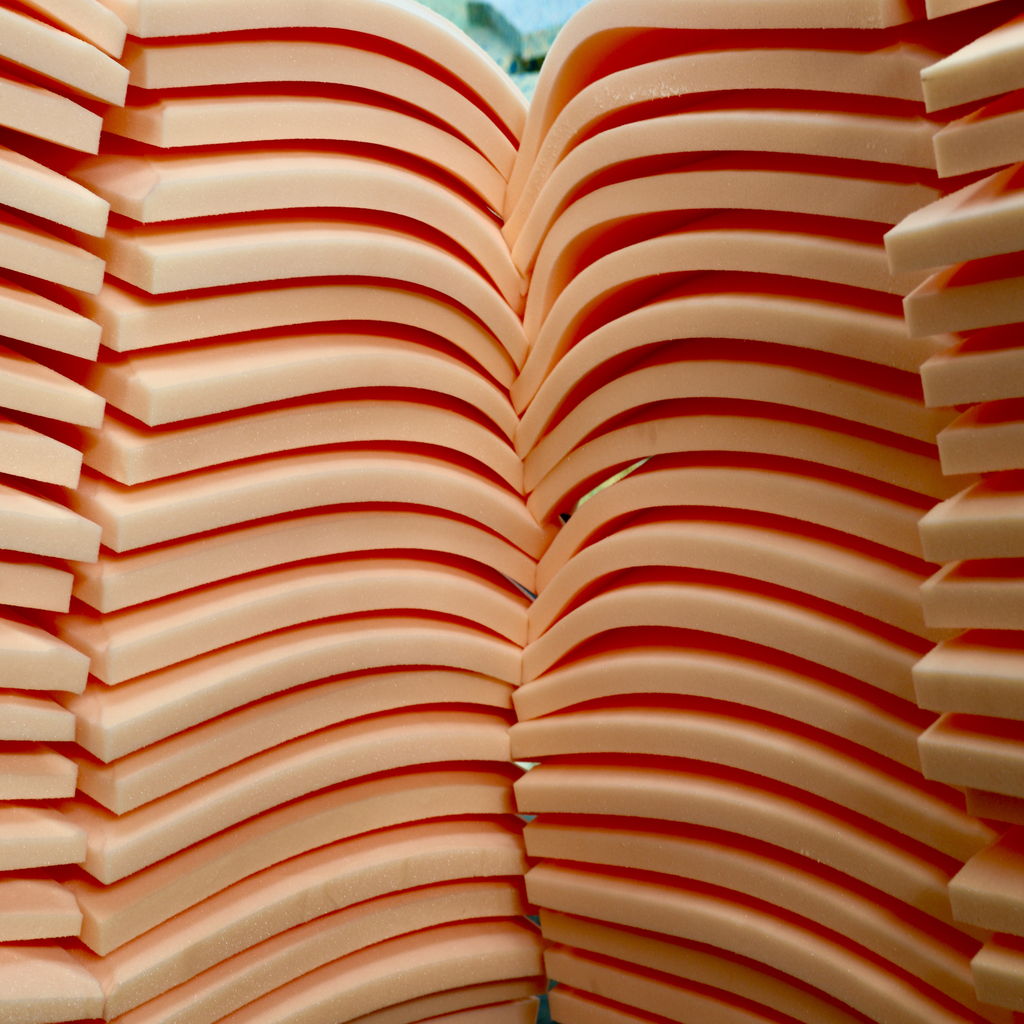
THE DEVELOPMENT OF FOAM FOR INSULATION PURPOSES
Foam has been used for insulation purposes for over a century. The earliest foam insulation materials were made from natural materials, such as cork and straw, which were compressed and treated to create a lightweight and durable material. However, these materials were expensive and not as effective as modern insulation materials. The development of polyurethane foam in the 1930s revolutionized the insulation industry. Polyurethane foam offered excellent insulation properties, making it an ideal material for use in homes, commercial buildings, and industrial applications. Today, there are many different types of foam insulation materials available, each with its own unique properties and advantages.
FOAM IN THE MID-20TH CENTURY
THE RISE OF FOAM IN THE PACKAGING INDUSTRY
The mid-20th century saw a significant increase in the use of foam in various industries. One such industry was the packaging industry, which started using foam to provide better protection for products during transportation. The foam used in packaging was mostly made of polystyrene and had a lightweight, durable, and shock-absorbent nature. This made it ideal for packaging fragile items such as electronics, glassware, and ceramics. With the growth of e-commerce, the demand for foam packaging has increased significantly.
THE INTRODUCTION OF FOAM IN THE FURNITURE INDUSTRY
The furniture industry was another sector that embraced foam in the mid-20th century. The introduction of polyurethane foam made it possible to create comfortable and affordable seating options for the masses. Polyurethane foam was lightweight, durable, and could be molded into different shapes and sizes, making it ideal for use in furniture. The foam could be covered with different fabrics, leather, or vinyl to match the desired aesthetic. The use of foam in furniture has revolutionized the industry, making it possible for consumers to purchase comfortable and stylish furniture at an affordable price.
Foam has also been used in other industries such as automotive and aviation, where it is used to create comfortable and safe seating options. The introduction of memory foam in the 1980s also marked a significant milestone in the foam industry. Memory foam was developed by NASA to provide better cushioning for astronauts during takeoff and landing. This technology was later adapted for use in the bedding industry, providing a comfortable and supportive sleeping surface for consumers.

MODERN-DAY FOAM
THE ROLE OF FOAM IN THE MEDICAL INDUSTRY
Foam has become a vital material in the medical industry due to its unique properties. Foam products are used extensively in medical applications such as wound dressings, padding for medical equipment, and even as cushions for patients. One of the most important benefits of foam products in the medical industry is their ability to provide comfort and support to patients. This is especially important for bedridden patients who may be confined to a bed for an extended period. Foam mattresses, cushions, and pillows provide support for the body and can help prevent pressure sores and other medical issues.
Foam has also been used in the development of prosthetics and other medical devices. For example, foam is used to create sockets for prosthetic limbs to provide a comfortable and secure fit. Foam is also used in the development of hearing aids, orthotics, and other medical devices.
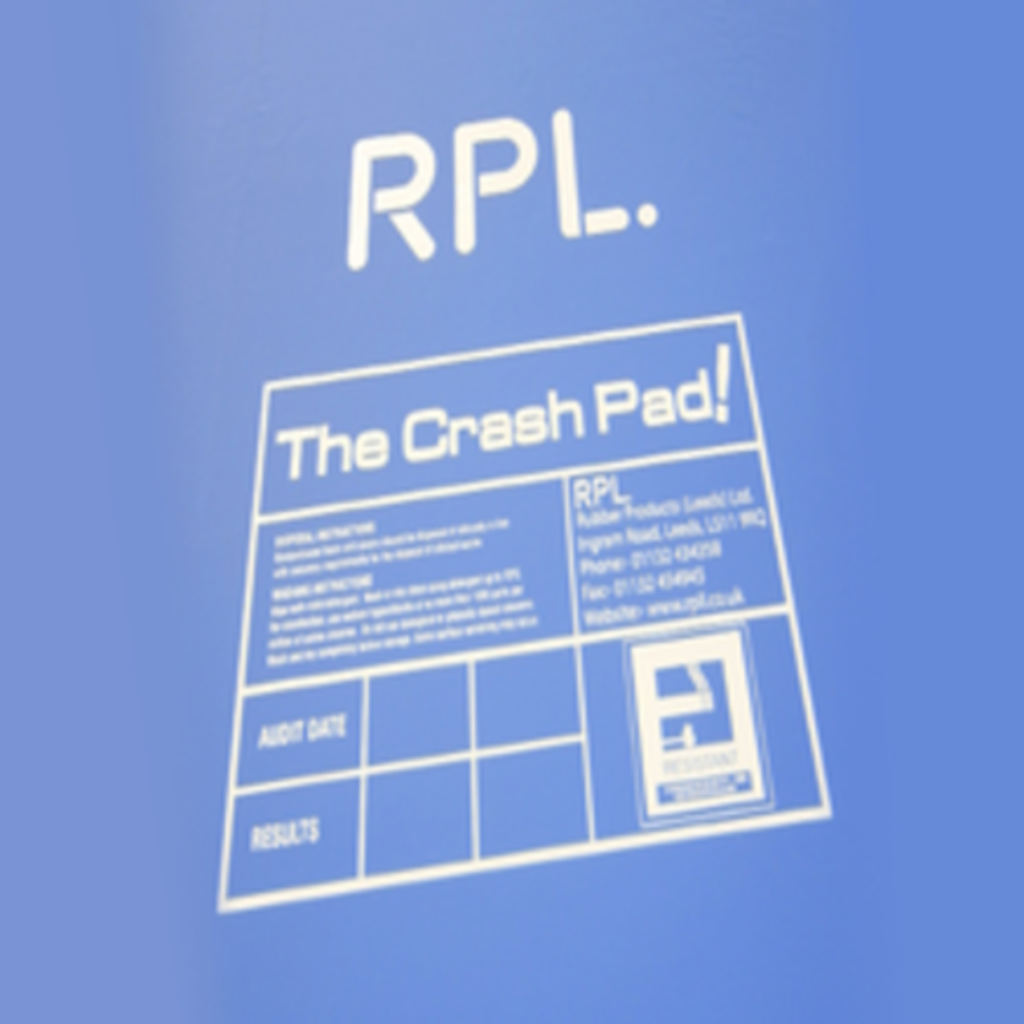
THE DEVELOPMENT OF ECO-FRIENDLY FOAM
As awareness of environmental issues has grown, so has the demand for eco-friendly foam products. Traditional foam products are made from petrochemicals and can have a significant impact on the environment. To address this issue, manufacturers have developed new foam products that use renewable resources and produce fewer greenhouse gases.
One type of eco-friendly foam is made from plant-based materials such as soybeans, corn, and bamboo. These foams are biodegradable and have a lower carbon footprint than traditional foam products. Another type of eco-friendly foam is made from recycled materials, such as post-consumer plastics, which reduces the amount of waste that ends up in landfills.
The development of eco-friendly foam has also led to new innovations in the foam industry. For example, some manufacturers have developed foams that can be dissolved in water, reducing waste and making them easier to recycle. Overall, the development of eco-friendly foam is a positive step towards a more sustainable future.
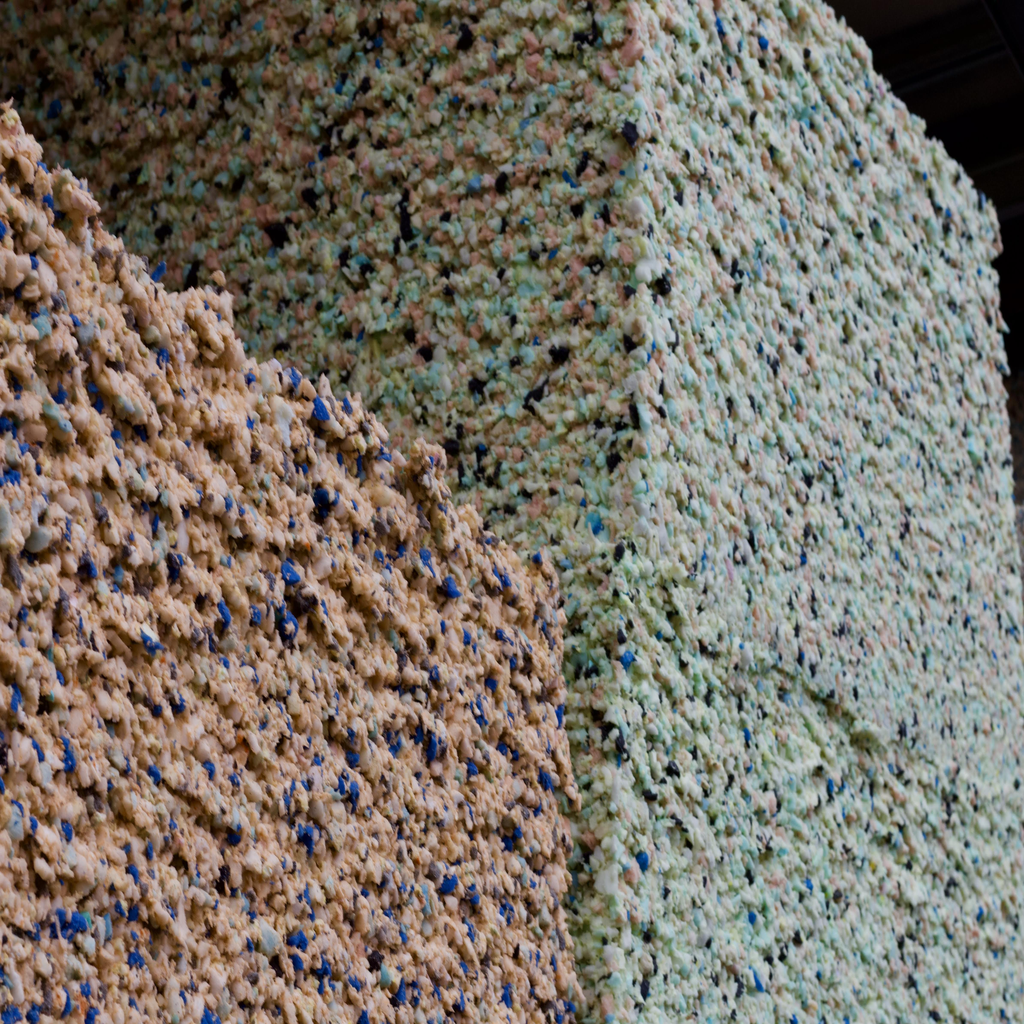
SUMMARY OF THE EVOLUTION OF FOAM IN DIFFERENT INDUSTRIES
Foam has come a long way since its invention in the early 20th century. Originally developed as a cushioning material for airplane seats, foam quickly found applications in a wide range of industries, including construction, automotive, and medical. The development of polyurethane foam in the 1950s opened up even more possibilities for foam, as it could be manufactured in a variety of densities and used for a wider range of applications.
In the construction industry, foam is commonly used as insulation and as a sealant. It is lightweight, durable, and has excellent insulating properties, making it an ideal material for building envelopes. Foam insulation can help reduce energy consumption and lower heating and cooling costs for homes and buildings. Foam sealants are also used to fill gaps and cracks, creating a more airtight seal that can improve energy efficiency and indoor air quality.
Foam has also found its way into the automotive industry, where it is used in a wide range of applications, including seating, insulation, and soundproofing. Foam seats are lightweight and comfortable, and they can be designed to conform to the shape of the occupant’s body, providing a more customized and ergonomic fit. Foam insulation and soundproofing can help reduce engine noise and improve overall driving comfort.
FUTURE POSSIBILITIES FOR FOAM TECHNOLOGY
As foam technology continues to evolve, new applications for foam are being developed. Researchers are exploring the use of foam as a material for energy storage and conversion, as well as for biomedical applications such as drug delivery and tissue engineering. Advances in foam manufacturing techniques are also making it possible to create foam with even greater precision and control over its properties, opening up new possibilities for customized applications.
Foam is also becoming increasingly sustainable, with new manufacturing processes that reduce waste and emissions, as well as the development of bio-based and recycled foam materials. As environmental concerns become more pressing, foam manufacturers are working to reduce their environmental impact and develop more sustainable products.
Overall, the evolution of foam has been a remarkable journey, with the material finding applications in a wide range of industries and serving a variety of purposes. With ongoing research and development, foam technology is poised to continue evolving and opening up new possibilities for innovation in the years to come.
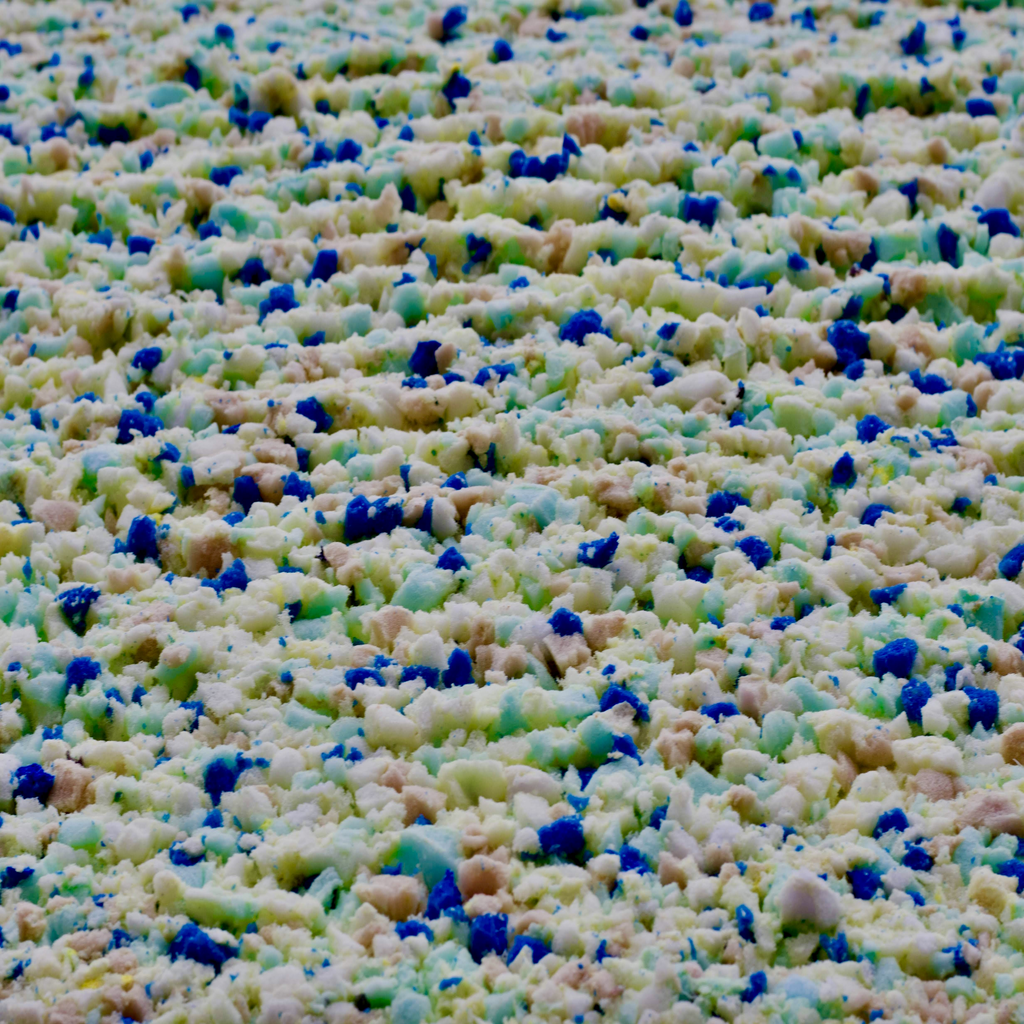
Contact us today or requests a call back. We’ll do our very best to help you with your query and someone’s always available to chat.
Rubber Products (Leeds) Limited, Ingram Road, Holbeck, Leeds LS11 9RQ
0113 243 4358
sales@rpll.co.uk
Mon – Thurs 7.30am – 4.30pm
Fri 7.30am – 3.30pm





